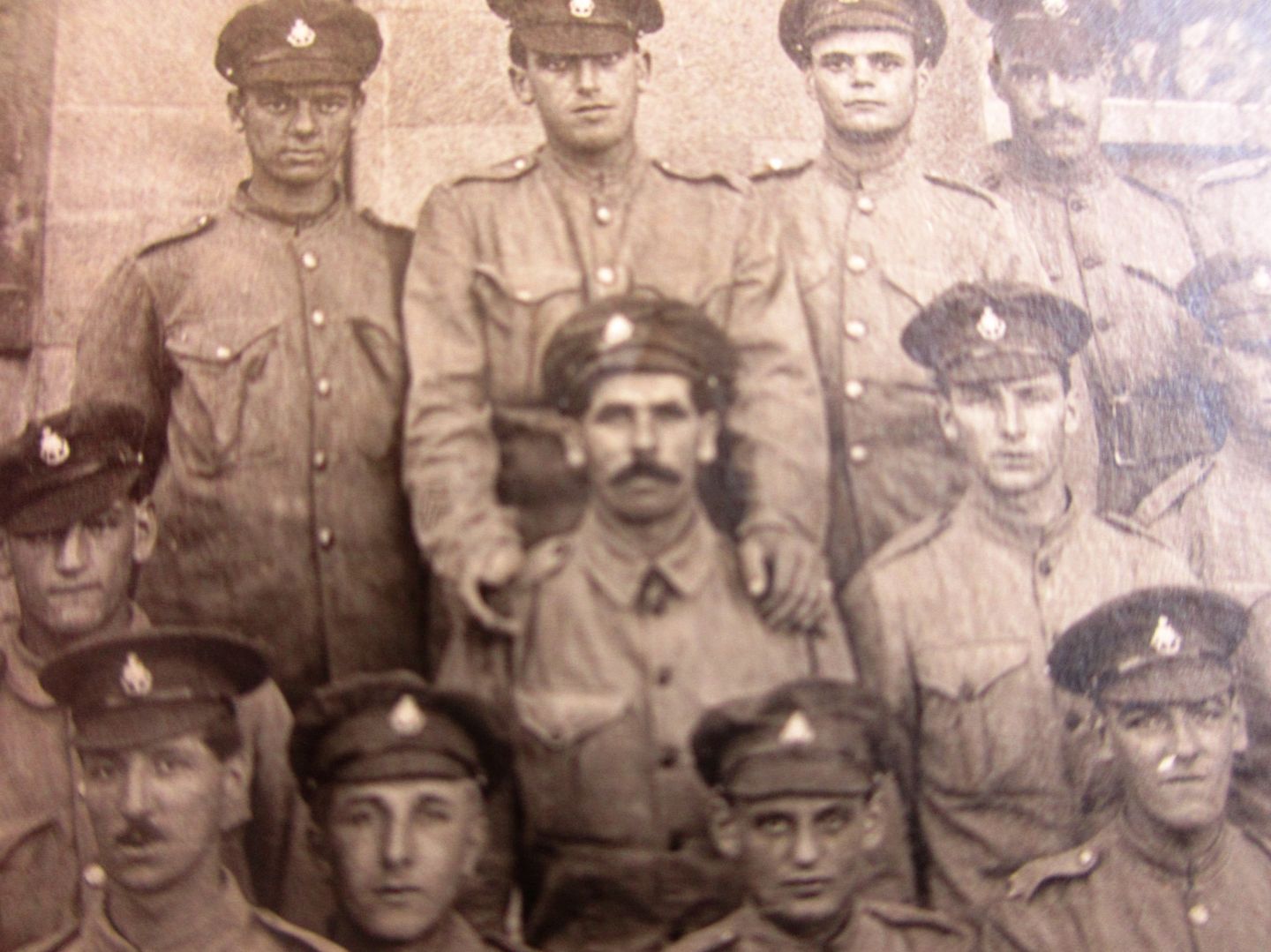
The Orange Lilies project managed by Strike a Light – Arts & Heritage aims to highlight the city’s experience of living through The Somme. Through the project, we are gathering and contextualising material and information for city residents, school teachers, researchers and those interested in WWI.
It comprise interviews, newspaper reports & other printed items, photographs, objects and documents held at public libraries, museums and the The Keep archive. Part of the project entails finding relatives and family members with photos and memories of people from the city who served during the Somme, or lived in Brighton and Hove at the time of the batyle between 30th June 1916 and 18th November 1916.
June is a lovely Hove based lady in her early 90s involved with an older people’s group called Memories Past, who married into the Rayner family in the 1940s. Meeting June Rayner not so long ago, we got talking about her husband who was in Burma in World War II, and then his father a Portslade born man called Issac Rayner who served in the Battle of the Somme in 1916 with the Royal Sussex Regiment.
 Issac was born in the 1890s and lived in 35 South Street, Portslade village, part of Brighton and Hove in a house that no longer exists. The photo (to the left and right), whilst not dated, was taken in Portland Road (the road joining Portslade to Hove) by H.W Tubb, a well known photographer at the time with an established business in the area.
Issac was born in the 1890s and lived in 35 South Street, Portslade village, part of Brighton and Hove in a house that no longer exists. The photo (to the left and right), whilst not dated, was taken in Portland Road (the road joining Portslade to Hove) by H.W Tubb, a well known photographer at the time with an established business in the area.
Henry William Tubb’s home in Portland Road also served as his studio and business premises. Henry Tubb was keen to point out in his advertisements that his Portland Road Studio was located opposite Portslade Railway Station.
Henry Tubb set up a photographic studio in Portland Road, Hove, around 1899. Describing himself as an “Artist Photographer”, Henry Tubb took studio portraits at his Portland Road Studio, but he was also an “outdoor photographer”, offering to bring his camera along to “Garden Parties, Wedding groups, etc., ..by appointment”. Henry Tubb was also keen to advertise his expertise in making photographic enlargements.
Tubb’s advertisements proclaimed “Photographs in all Styles – Enlargements of all Description” and the publicity on the reverse of his cabinet and carte-de-visite portraits, under the heading “ENLARGEMENTS TO ALL STYLES”, assured his customers that “the negative of this photograph is preserved from which enlargements or further copies can always be obtained.” To supplement his photography business, Henry Tubb also made picture frames at his Portland Road premises. (Taken from http://www.photohistory-sussex.co.uk).
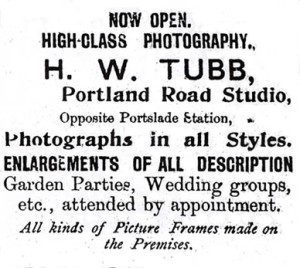

Issac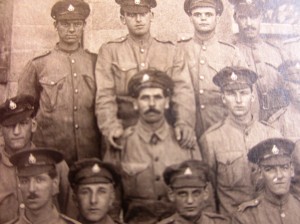 (also known as Ike) joined up with the Royal Sussex Regiment at a date unknown during the Somme and became a machine gunner in the trenches there. He suffered inordinately in this time and was buried alive whilst tunnelling, being rescued by army colleagues digging him out. Once recovered from this ordeal, he was sent back to the front, where he was then gassed.
(also known as Ike) joined up with the Royal Sussex Regiment at a date unknown during the Somme and became a machine gunner in the trenches there. He suffered inordinately in this time and was buried alive whilst tunnelling, being rescued by army colleagues digging him out. Once recovered from this ordeal, he was sent back to the front, where he was then gassed.
From the British Legion website ‘the Battle of the Somme also saw several different weapons being used including mines, poisonous gas and machine guns. Some of the larger machine guns needed 12 men to operate them. The best known innovation of 1916 was the tank, first used in battle at Flers on 15 September 1916. Armoured, tracked vehicles were designed to cross trenches, crush barbed wire and give direct fire support’.
Issac Rayner remained in the army until at least the end of 1919. We can’t be sure, but from the photos seen of him in colonial army wear, posed with other Royal Sussex Regimental soldiers also in shorts, and another portrait shot of Issac with a pith helmet, it seems possible that he was part of a Battalion transferred to India in 1917. Pith Helmets were widely used by the British Army in the Middle East, India and Africa to protect delicate British complexions from the fierce sun.

In this postcard sent home to his parents, dated 1st August 1919, Issac is pictured second row from the top, third from the left, clearly identified by his large moustache, something he hadn’t had before enlisting or later when he returned home.
The back of the card reads ‘To mother and Dad, from your affectionate and loving son. I.Rayner xxx Sent to Mrs Rayner, 35 South Street, Portslade, Sussex , England
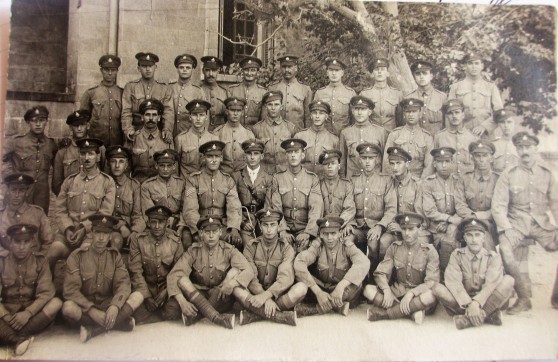

We don’t know anything further of his time with the Royal Sussex Regiment, only that he did survive the war and his injuries. Many soldiers who survived being gassed in the tranches died very young, so Ike was fortunate in this aspect.

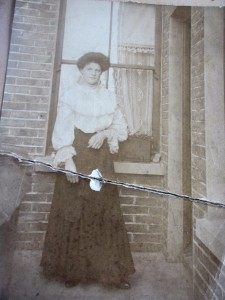 Returning to Portslade, Issac met and married Florence Jane Packer in the early 1920s who at the time lived at 6 Crown Road (see right), Portslade, pictured here in the back garden of the house at a date unknown.
Returning to Portslade, Issac met and married Florence Jane Packer in the early 1920s who at the time lived at 6 Crown Road (see right), Portslade, pictured here in the back garden of the house at a date unknown.
It isn’t known if they knew each other before the war, however Florence was also from a local Portslade family and had grown up in the house in Crown Road along with her parents (see right – Great Grandad Packer) and siblings. 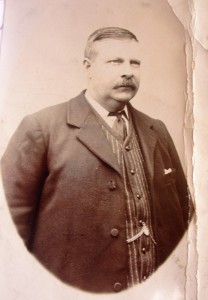
Returning to Portslade, Issac lived until 77, dying at the home inherited by him and Florence from the Packer side of the family at Crown Road, Portslade on 14th November 1962.
Florence it is believed was a strict woman, who wasn’t given to smiling too often. She did lose two of her young nephews (Michael and Donald Packer) in WWII. Both sailors, as were many in the Packer family during the second world war. The two men were on separate naval ships which were torpedoed by German boats, so this may be connected. She died much before her husband Issac but it is unsure when.
Issac and Florence had two sons, Cyril born in 1922, followed by the younger son Dennis, who was born on 6th of September 1926, and a (possibly illegitimate) niece brought up as a daughter of the Rayner family, named Iris.
The photograph below was taken by Stacy Ward, a portrait photographer who took over the business and premises from HW Tubb (and premises moved to 39 Station Road) who earlier took Issac Rayner’s photo in the mid 1900s.


The children all married local Portslade people. Issac and Florence lived in the house at Crown Road (near Fishersgate) until the 1960s.
Dennis was posted to India during World War II age only 19. Below is a snap of him as a private in Poona (now Pune) south of Mumbai, India.
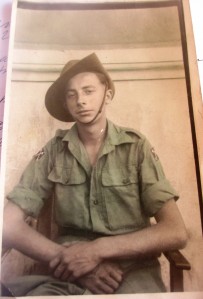

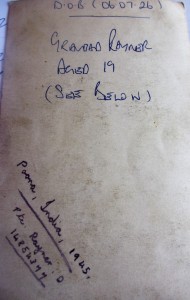
June met and married Dennis Rayner (Issac’s younger son) in the 1940s and they had four sons who all still live in the area. Here she is as a young girl with toy pram, and later, aged around 15 in a portrait photographic shot around the time of meeting Dennis Rayner.
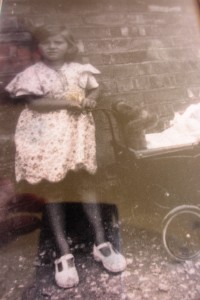
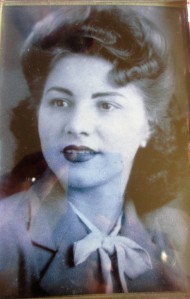
June and Dennis were married a long time until Dennis sadly passed away.
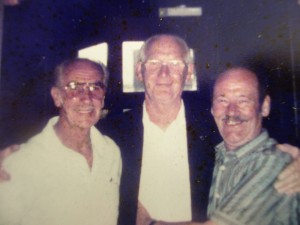
Here you can see Dennis with two friends at his retirement party in 1991.

